Product-led growth purists (i.e. self-serve signups and upgrades only) view sales teams as an inefficient waste of resources. Why manage and pay messy humans if you could have the product sell itself? Plus, aren't cold emails so annoying?
Yes, pure product-led growth is great, but falls short in two ways:
- Complex products: Some products require a complex journey to realize their value. The deeper something integrates with your product/company, the more hand-holding you'll need. Product analytics software is an example: Making it useful requires deep integration with your product and creating the right dashboards for your team. Figuring this out yourself is hard.
- Bigger deals: When do you think was the last time someone bought a Rolex at a self-checkout? Never? Well, the same goes for enterprise customers. Anyone spending six figures on one piece of software has questions. If nobody's there to answer them... good luck getting those big logos on your landing page!
Product-led sales bridges the gap between product-led and sales-led growth. It combines the best of both worlds by enabling targeted outreach to self-serve leads.
That might sound a bit abstract, so here's an example:
Imagine your product is an analytics SaaS subscription. Your growth efforts bring in 10 leads who sign up every day. 9 of those are small businesses—startups, ecommerce stores and agencies. But the remaining one is a big company with thousands of employees.Instead of waiting for them to upgrade (like you might with small startups), you have a salesperson engage. They monitor what the enterprise user does and then tailors email outreach specifically to their use case and activity.
This gives you a few advantages:
- You leverage data to tailor your salesperson's messaging to the user, making them more likely to engage than a generic cold email.
- You skip the stage of making someone aware of your product and seeing if they care because they already found out about you and signed up. This shortens sales cycles.
That's how product-led sales combines the upside of sales (personalized, direct help) with the upside of product-led growth (lead generation on autopilot, automated product education).
Understanding product-led sales
Product-Led Sales (PLS) is a progressive strategy that places the product at the core of customer acquisition and retention. It deviates from traditional sales models and emphasizes the product's role.
When looking at product-led vs. sales-led models, the emphasis in PLS is on shorter sales cycles and on the product itself.
In a PLS environment, the inherent appeal of the product captivates and educates users, translating into robust conversion rates. Sales teams become facilitators as the product transforms into the main player of the customer's journey.
This article focuses on PLS companies that focus on this aspect. PLS acknowledges the changing marketplace and the increasing influence of customers in making their own choices.
The rise of PLS and why it requires a sales makeover
- Customer expectations, unleashed: Modern customers require more than superficial interactions. They expect hands-on experiences and self-service options as the benchmark.
- Tools-a-plenty: Affordable online tools have allowed customers to explore at their leisure. Here, customer interaction becomes paramount.
- Technology, upgraded: Rapid technological progress has led to intuitive and user-friendly software, enabling products to prove their worth and drive sales autonomously.
- Customers, empowered: In Product-Led Sales (PLS), customers actively participate. Companies offer free trials, freemium models, and limited-feature versions for customers to evaluate product value on their terms.
- Strength in product: PLS prioritizes the product, substituting traditional sales tactics with a focus on value delivery and customer acquisition driven by the product itself.
Why a sales makeover is necessary
- Sales transformation: Sales teams must transition from finalizing deals to assisting customers in a product journey that maximizes value. For PLS companies, this is a crucial change.
- Revenue synchronization: PLS necessitates collaboration between sales and product teams to create unified experiences that spur engagement.
- The importance of experience: User experience is crucial in PLS. Sales teams must ensure the product is functional but also user-friendly and appealing.
- The role of data: PLS depends on data-driven insights. A strong sales team must use analytics and customer feedback to optimize the product's sales journey and increase conversion rates.
Company playbook breakdowns
HubSpot - The new standard for inbound marketing and sales software

Recognized as a leading force in inbound marketing and sales software, the company HubSpot integrates marketing automation, CRM, content management, and analytics to harmonize marketing, sales processes, product usage data, and operations.
The PLS twist
HubSpot elevates the user experience with an intuitive interface, comprehensive documentation, and the HubSpot Academy. These resources enable users to leverage the platform fully.
The results
HubSpot's self-service resources, such as the HubSpot Academy, promote user adoption, customer engagement, and retention. Their PLS approach helps to drive revenue growth, customer loyalty, customer acquisition cost, and a growing ecosystem of integrations.
Slack - Transforming workplace communication
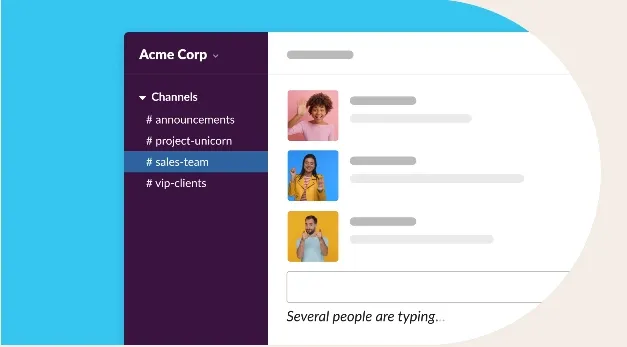
Slack, a popular workplace communication platform, enables seamless team collaboration and negates the need for extensive emails.
The PLS twist
Slack's edge lies in its user-friendly interface, easy navigation, and integrations with popular tools. It fits naturally into existing workflows, offering value from the onset.
The results
Slack's PLS approach propels revenue, product usage, and a successful IPO, establishing it as the leading communication platform.
Dropbox - Revolutionizing cloud storage and file synchronization

Dropbox offers a secure platform for cloud storage and file synchronization, facilitating access and sharing from anywhere.
The PLS twist
Dropbox tempts users with a freemium model, providing a limited storage version of the platform. This strategy entices new users and motivates them to upgrade to paid plans.
The results
Dropbox's freemium version has attracted millions of global users, resulting in successful customer acquisition. Upgrades to premium plans ensure a continuous revenue stream.
Calendly - Simplifying meeting scheduling
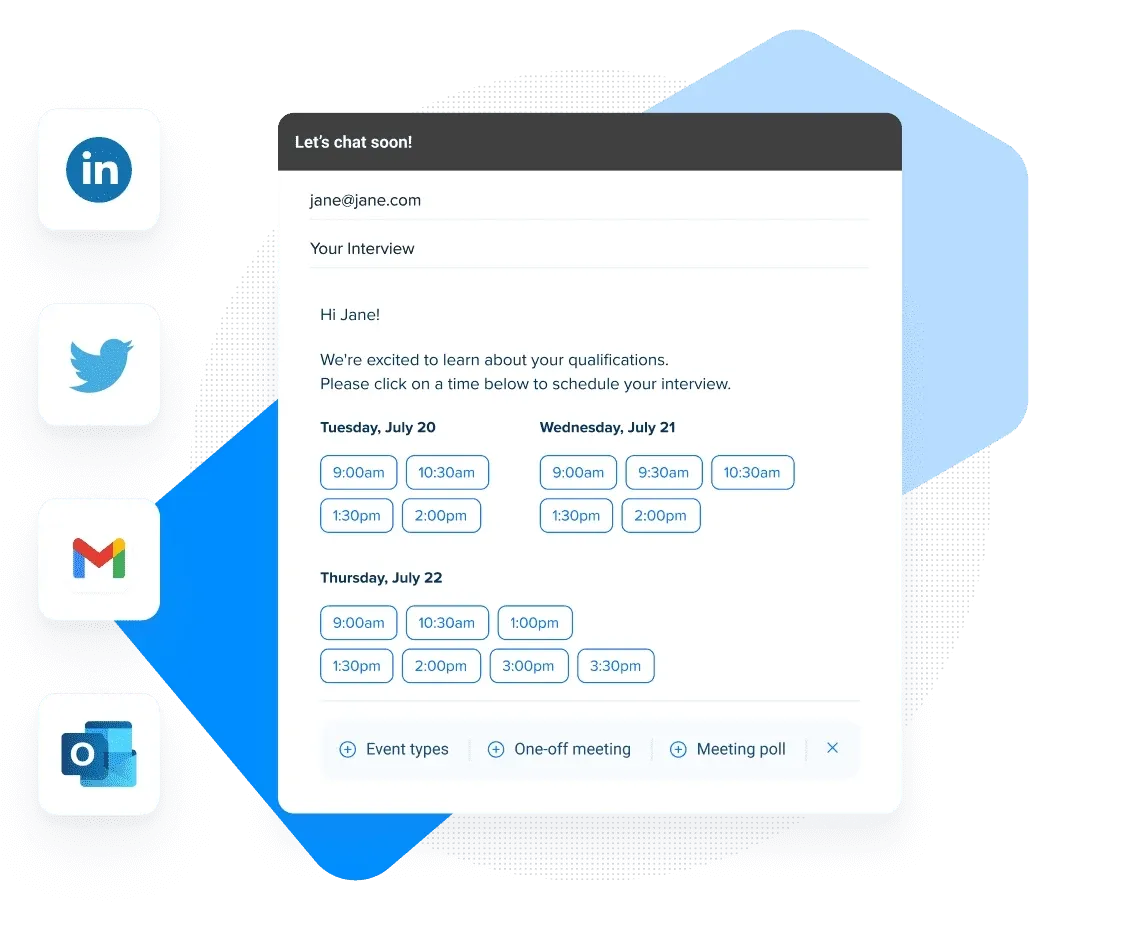
Calendly simplifies meeting scheduling by replacing traditional email exchanges with personalized links, calendar integrations, and automated reminders.
The PLS twist
Calendly uses the freemium model, allowing users to experience its convenience free of charge. The efficiency and user experience motivate active users to upgrade to paid plans.
The results
Calendly's freemium model spurs customer acquisition with high user adoption, product usage, and customer satisfaction rates.
ClickUp - Streamlining project management and collaboration

ClickUp is a versatile project management and collaboration platform that streamlines task tracking and workflow for enhanced team efficiency.
The PLS twist
ClickUp's PLS approach includes freemium models, customizable interfaces, comprehensive integrations, and a wide array of templates. The platform adapts to individual user workflows and preferences.
The results
ClickUp's focus on customization and user experience leads to high user satisfaction and engagement levels. Their PLS approach generates significant revenue, increased market presence, and a committed user community.
MailChimp - Empowering small businesses with multi-channel marketing
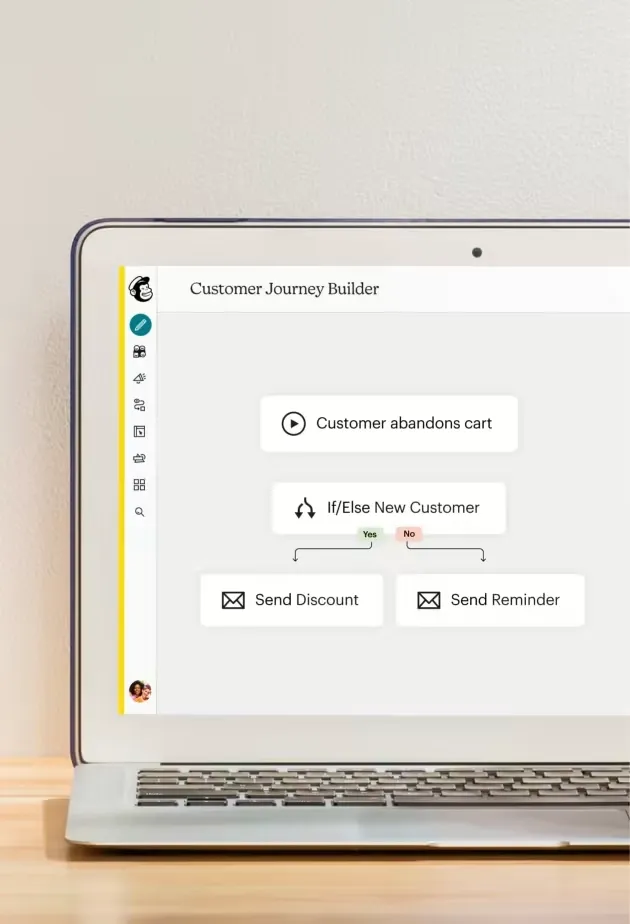
MailChimp is an all-in-one Marketing Platform that helps small businesses market smarter so they can grow faster. MailChimp empowers businesses with the right tools to engage with their target audience and create better campaigns.
The PLS twist
MailChimp uses a freemium pricing model to encourage user adoption. The platform provides basic email marketing services for free and then charges for more advanced features. This strategy allows businesses to understand the value of the platform and its potential impact on their marketing efforts. The benefits of email marketing in this context lie in its scalability, flexibility, and the ability to tailor campaigns to specific audiences, thereby maximizing engagement and conversion rates.
The results
With its PLS approach, MailChimp has gained a vast user base of small to medium businesses. By providing value upfront with their free version, they've successfully converted many users to their premium plans. This strategy has contributed significantly to their boosts in revenue and solidified their place in the market.
Zoom - Revolutionizing virtual communications
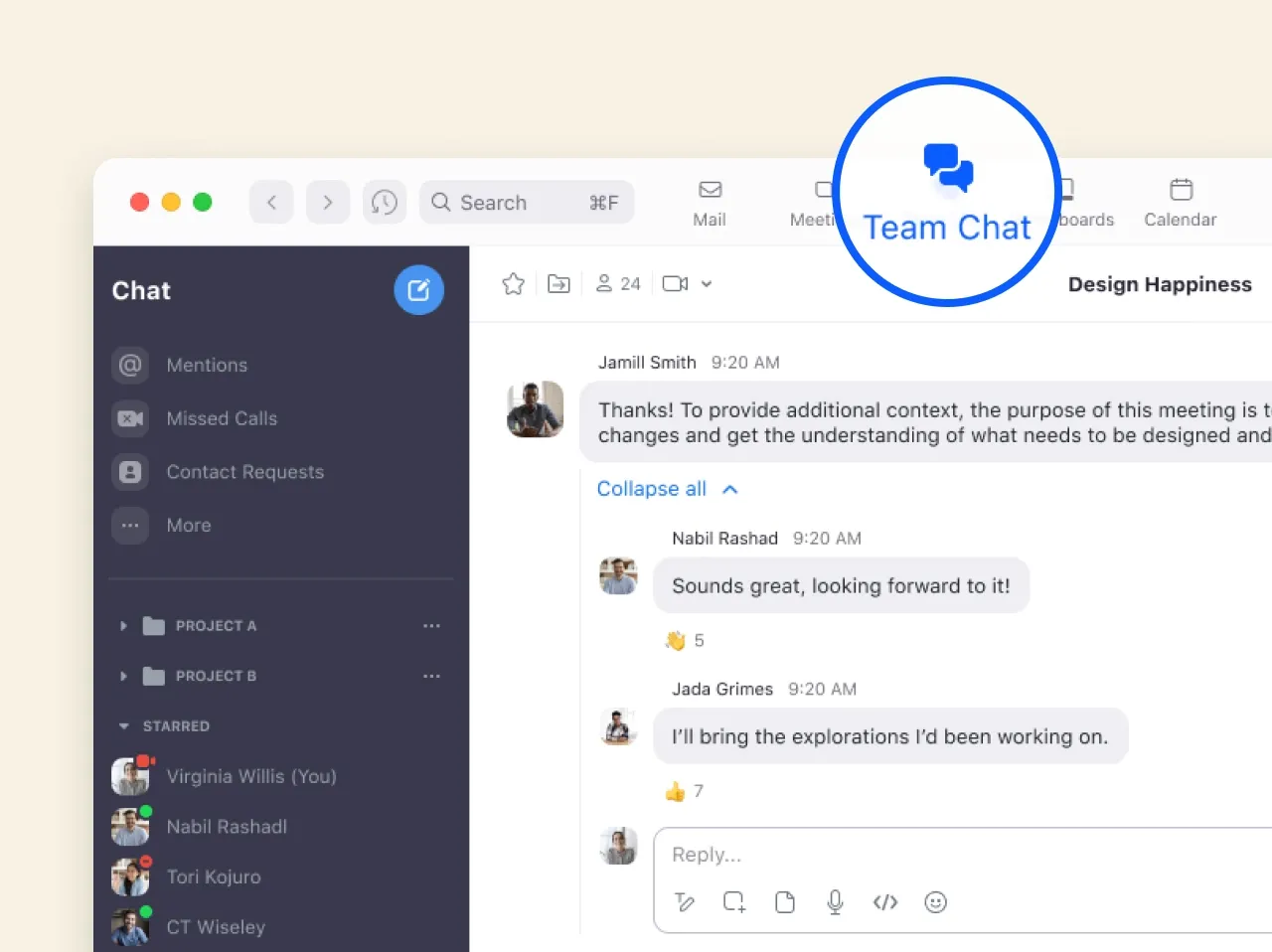
Zoom offers a video communication platform that includes video conferencing, online meetings, and collaborative tools. It has become a staple in workplaces, especially amidst remote work environments.
The PLS twist
Zoom focuses on providing high-quality, reliable video conferencing services that are easy to use and integrate with other tools. The company offers a freemium model, allowing users to experience the tool's capabilities before committing to a full-paid subscription plan.
The results
With its PLS approach, Zoom has been able to quickly grow its user base, leading to its dominance in the video communication market. The simplicity and effectiveness of the platform, combined with the ability for users to test it for free, have resulted in a high conversion rate, sales led growth and steady revenue growth.
Lessons learned and key takeaways
After delving into numerous company case studies and understanding the contrast between a product-led growth model and a traditional sales-led approach, here are some common threads and insights:
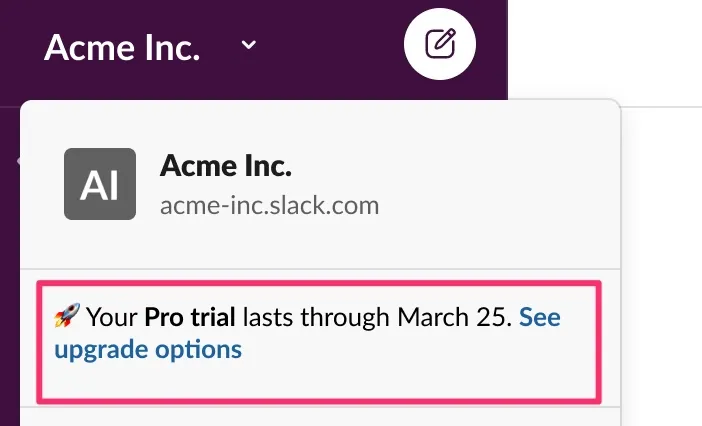
- Offering trial periods: Nothing rivals the effectiveness of the "try before you buy" strategy. Offering a freemium model or trial period can effectively attract potential product-qualified leads.
- Focus on user experience: A user-friendly interface, intuitive navigation, and a smooth onboarding process enhance the user experience. Complement this with self-help resources.
- Personalize user journey: Guide users through interactive tutorials, tooltips, and guided tours. Customize the experience to enhance user satisfaction.
- Seamless integration: Partner with popular productivity tools to fit into existing workflows, maximizing value from the onset.
- Encourage user autonomy: Provide self-service resources like knowledge bases, community forums, and educational content. Foster a positive user experience without relying on a sales rep.
So, what's in your PLS toolkit? Here are the takeaways you can stow in your bag:
- Freebies: Attract customers by offering a preview of your product.
- User-friendly onboarding: Make the user's journey effortless with tooltips, guides, and a smooth onboarding process.
- Knowledge resources: Provide various self-help resources to reduce reliance on support and sales reps.
- Seamless integration: Ensure your product integrates well with your users' tools.
- Continuous improvement: Analytics and user feedback are invaluable. Use these insights to continually refine your product to meet your users' needs better.
Empowering your business through product-led sales: your next steps
PLS isn't just the latest industry buzzword—it's the powerhouse driving the success of companies like HubSpot, Slack, Dropbox, Calendly, and ClickUp.
These PLS examples demonstrate how SaaS companies have leveraged the might of their products to unlock staggering growth and customer loyalty.
Their stories reveal the undeniable impact of placing the product at the core of the whole sales cycle and customer journey together with potential customers.
As you embark on your Product-Led Sales journey, remember these key takeaways:
- Offer enticing trials or freebies.
- Create an effortless onboarding process.
- Provide ample knowledge resources.
- Ensure seamless integration with other tools.
- Harness user feedback for continuous improvement.
This is your roadmap to harnessing the power of product-led sales for your business growth and customer success everywhere. Welcome to the future of sales. Welcome to Product-Led Sales.
Are you ready to revolutionize your sales strategy and skyrocket your customer retention with a Product-Led Sales approach that puts your product at the heart of the selling and buying process for enterprise customers?Craving unprecedented user engagement, increased customer loyalty, shorter sales cycle, and sustainable revenue growth for the entire organization? SaaS companies are using CommandBar for higher user adoption, effective customer acquisition, sustainable growth, customer success, and ultimate sales domination. If you want to see some live examples of how this works, check out CommandBar in Netlify, Freshworks, Shortcut, Courier, or ConvertKit.
















